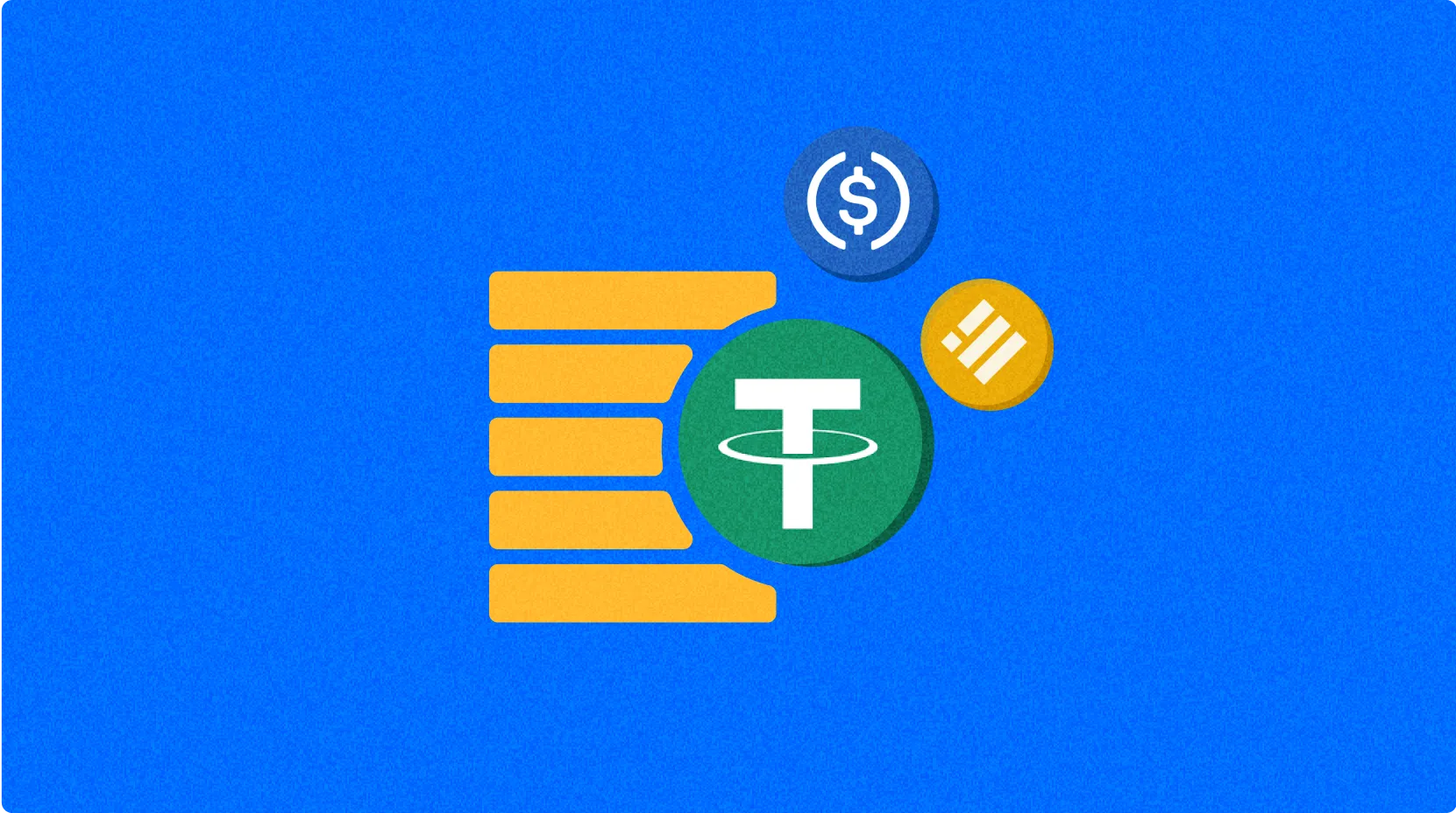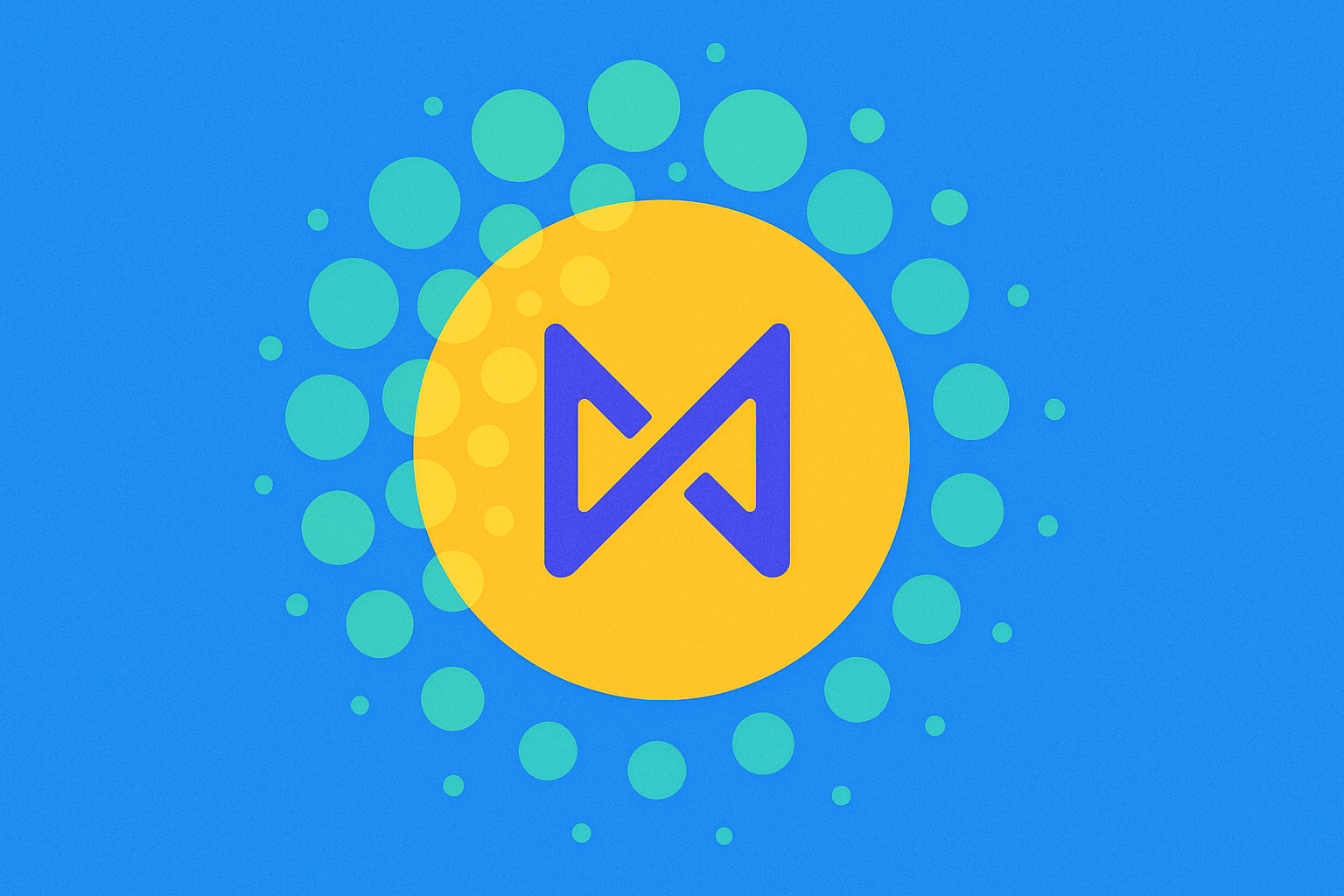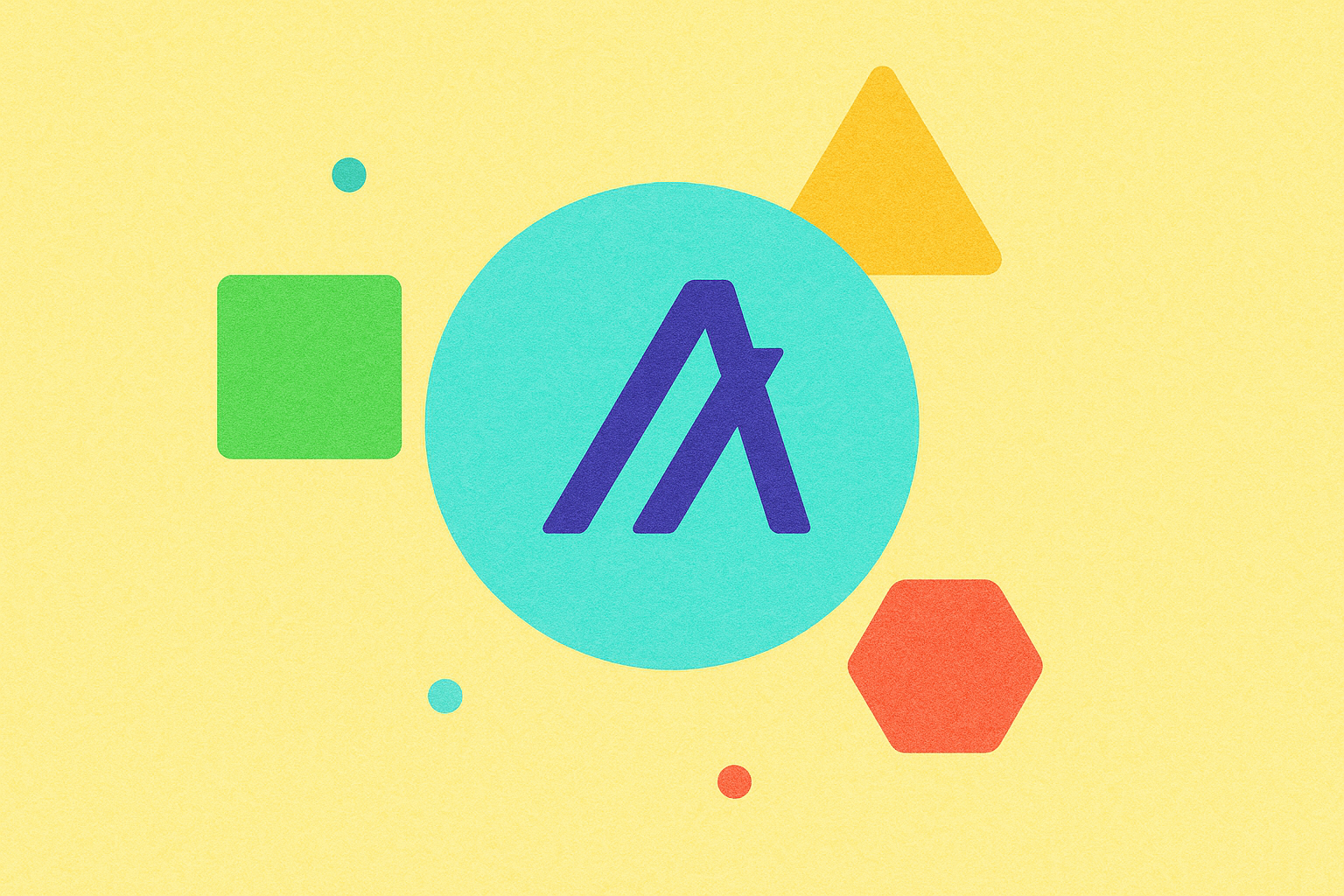2030 yılında Yapay Zeka, rekabet analizini nasıl dönüştürüyor?

Yapay zeka tabanlı rekabet analizi, analiz süresini haftalardan 3 saate indiriyor
Yapay zeka, rekabet analizinde köklü bir dönüşüm yaratarak hem gereken süreyi ciddi biçimde azaltıyor hem de doğruluk ve içgörü derinliğini artırıyor. Eskiden haftalar süren manuel araştırma ve veri toplama süreçleri, artık yapay zeka destekli çözümlerle yalnızca üç saat içinde tamamlanabiliyor. Bu değişim, piyasa istihbaratında yeni bir dönemin başlangıcını temsil ediyor.
Yapay zeka tabanlı rekabet analizinin sağladığı verimlilik, geleneksel yöntemlerle karşılaştırıldığında oldukça çarpıcıdır:
| Analiz Boyutu | Geleneksel Yöntem | Yapay Zeka Destekli Yöntem | İyileşme |
|---|---|---|---|
| Gerekli Süre | 2-4 hafta | 3 saat | %95 azalma |
| İşlenen Veri Noktası | 100-500 | 10.000+ | 20 kat artış |
| Maliyet Verimliliği | Yüksek işçilik maliyeti | Asgari insan denetimi | %70 tasarruf |
| Karar Hızı | Günler ila haftalar | Aynı gün içgörü | %80 daha hızlı |
Bu gelişmeler, yapay zekanın çok sayıda kaynaktan eşzamanlı veri toplaması, saniyeler içinde büyük veri hacmini işlemesi ve insan analistlerin fark edemeyeceği desenleri tespit edebilmesinden kaynaklanıyor. Sektör araştırmalarına göre, yapay zeka tabanlı rekabet analizi uygulayan kurumlar çok daha hızlı karar alma süreçleri ve daha isabetli piyasa konumlandırma stratejileri elde ediyor.
Zaman tasarrufunun ötesinde, işletmeler gerçek zamanlı piyasa içgörüleri sayesinde kritik rekabet avantajları elde ederek değişen koşullara benzersiz bir hızda yanıt verebiliyor. Özellikle girişimler için yapay zeka tabanlı analiz, daha önce yalnızca büyük bütçeli kurumlara sunulan kurumsal düzeyde istihbarata erişimi demokratikleştiriyor.
Yapay zeka, 5'in üzerinde temel metrikte çok boyutlu değerlendirme sunuyor
DeAgentAI'nin altyapısı, yapay zeka performansının ölçülmesinde kapsamlı ve çok boyutlu bir değerlendirme sistemiyle yenilik sağlıyor. Platform, hem teknik metriklere hem de iş etkisi göstergelerine odaklanarak yapay zeka yetkinliklerinin bütüncül bir analizini yapıyor.
Teknik değerlendirme; doğruluk, hassasiyet, geri çağırma ve F1 skoru gibi model performansını doğrudan ölçen kriterleri içeriyor. İş metrikleri ise maliyet azaltma ve gelir artışı gibi gerçek dünyadaki değer yaratımını gösteriyor.
| Boyut | Temel Metrikler | Önemi |
|---|---|---|
| Teknik Performans | Doğruluk, Hassasiyet, Geri Çağırma, F1 skoru | Güvenilirlik ve doğruluk sağlar |
| İş Etkisi | Maliyet azaltma, Gelir artışı | Yatırım getirisi ve değer yaratımını gösterir |
| Etik ve Adalet | Önyargı tespiti, Şeffaflık skoru | Mevzuata uygunluğu korur |
| Veri Kalitesi | Tamlık, Tutarlılık, Doğruluk | Güvenilir çıktıların temelini oluşturur |
| Kullanıcı Deneyimi | Benimseme oranı, Kullanıcı memnuniyeti | Sürekli katılımı artırır |
AIA, yapay zeka kararlarında adalet ve şeffaflığı değerlendiren etik boyutları entegre ederek rakiplerinden ayrışıyor. Bu yaklaşım, tüm boyutlar etkin şekilde izlendiğinde %28 daha yüksek kullanıcı benimseme ve %17 daha kaliteli kararlar sağlıyor. Platformun değerlendirme sistemi periyodik değil, sürekli çalışıyor; Sui, BSC ve BTC ekosistemlerinde dağıtık ortamlarda gerçek zamanlı ayarlamalarla en yüksek performans korunuyor.
Yapay zeka, piyasa trendlerini ve rakip stratejilerini %80 doğrulukla öngörüyor
Finansal piyasaların hızla değişen ortamında, yapay zeka tahmine dayalı analizde devrim yaratıyor. Son araştırmalar, yapay zeka algoritmalarının piyasa trendlerini ve rakip stratejilerini yaklaşık %80 doğrulukla öngörebildiğini ve işletmelere olağanüstü rekabet avantajı sağladığını gösteriyor. Bu yüksek öngörü kapasitesi, eşzamanlı olarak büyük miktarda piyasa verisini işleyen gelişmiş analiz tekniklerinden kaynaklanıyor.
Yapay zeka tahmin sistemlerinin başarısı, geleneksel tahmin yöntemleriyle karşılaştırıldığında çok daha belirgindir:
| Tahmin Yöntemi | Doğruluk Oranı | İşleme Hızı | Karar Etkisi |
|---|---|---|---|
| Geleneksel Satış Takımları | <%75 | Standart | Orta |
| Yapay Zeka Tahmin Sistemleri | ~%80 | 100 kat daha hızlı | %20 iyileşme |
| İnsan-Yapay Zeka Birleşik Yaklaşımı | %85+ | Gelişmiş | En yüksek yatırım getirisi |
Bu sistemleri kullanan şirketler, McKinsey araştırmasına göre %20 ila %30 daha yüksek kampanya yatırım getirisi bildiriyor. Ayrıca yapay zeka, kampanya süresini yaklaşık %43 kısaltarak işletmelere piyasa değişimlerine daha hızlı yanıt verme imkânı tanıyor. Yapay zeka, temel trend analizinin ötesine geçerek rakip stratejilerini öngörerek şirketlerin sadece tepki vermek yerine proaktif şekilde konumlanmasına imkan veriyor.
Küresel işletmelerin %80'i, piyasa analizi ve stratejik planlamada verimlilik için yapay zekayı aktif olarak kullanıyor.
Yapay zeka, rekabet analizini özellik listesinden stratejik içgörülere dönüştürüyor
Yapay zeka, rekabet analizini temelden değiştirerek basit özellik karşılaştırmalarından dinamik stratejik istihbarata taşıyor. Veri toplama ve işleme süreçlerini otomatikleştiren yapay zeka, işletmelerin gerçek zamanlı ve uygulanabilir içgörüler elde etmelerini sağlıyor; bu da stratejik karar alma süreçlerine doğrudan yön veriyor. Bu dönüşüm, iş performansında pek çok alanda somut faydalar getiriyor.
Yapay zekanın rekabet analizindeki etkisi, temel performans göstergeleriyle net bir şekilde ölçülebiliyor:
| Metrik | Geleneksel Analiz | Yapay Zeka Destekli Analiz |
|---|---|---|
| İçgörüye Ulaşma Süresi | 2-4 hafta | Saatler ila günler |
| Veri İşleme Hacmi | Sınırlı örnekler | Kapsamlı piyasa verisi |
| Maliyet Verimliliği | Yüksek işçilik maliyeti | Analiz maliyetlerinde %40-60 azalma |
| Stratejik Uygulama | Geriden gelen | Öngörücü ve proaktif |
İnteraktif paneller gibi yapay zeka görselleştirme araçları, karmaşık rekabet verilerini net stratejik görsellere dönüştürüyor. Örneğin, bir otomotiv şirketi yapay zeka takibini kullanarak rakibinin yeni bir otonom araç modelini piyasaya sürdüğünü tespit ederek kendi geliştirme planını hızlandırdı. Teknoloji ayrıca, haberler ve profesyonel ağlar gibi kaynakları tarayarak rakiplerin organizasyon yapılarını daha derinlemesine analiz etmeyi mümkün kılıyor.
Yapay zeka rekabet istihbaratını önemli ölçüde güçlendirirken, iş liderleri teknolojinin tek başına yeterli olmadığını bilmeli. Gerçek değer, yapay zeka ile üretilen içgörülerin şirketin benzersiz piyasa konumu ve uzun vadeli hedeflerine uygun stratejik bir çerçevede hayata geçirilmesiyle ortaya çıkar.
SSS
AIA kripto nedir?
AIA, Solana blok zincirinde çalışan bir Web3 kripto para birimidir; hızlı ve düşük maliyetli işlemler sunar. Merkeziyetsiz uygulamalar ve DeFi ekosistemlerinde etkin kullanım için tasarlanmıştır.
Melania Trump'ın coin'inin adı nedir?
Melania Trump'ın coin'i $MELANIA olarak adlandırılmıştır. 2025 yılında meme coin olarak piyasaya sürülmüştür.
2025'te hangi AI coin yükselişe geçecek?
Bittensor (TAO), 2025 yılında güçlü piyasa konumu ve yapay zeka kripto alanındaki yenilikleriyle yükselişe geçmesi beklenen coindir.
Elon Musk'ın kripto parası nedir?
Elon Musk'ın resmi bir kripto parası yoktur. Dogecoin (DOGE), kendisinin sık sık desteklemesi ve övgüyle bahsetmesi nedeniyle en çok onunla ilişkilendirilen kripto paradır.

David Sacks Trump Bağlantısı

Kuantum Finansal Sistemi Ne Zaman Başlayacak? Zaman Çizelgesi ve Beklentiler

Yapay Zeka Destekli Rekabet Analizi ile Geleneksel Rekabet Analizi Arasındaki Fark Nedir?

2025 yılında Yapay Zeka, rekabet analizini nasıl dönüştürebilir?

Yapay Zeka, 2025 yılında rekabet analizini nasıl dönüştürüyor?

2030'a kadar yapay zeka uyum riskleri nasıl değişecek?

Kripto ticaret analizinde MACD, RSI ve Bollinger Bands gibi teknik göstergeler nasıl kullanılır

# Borsa Net Akışları ile Tutma Yoğunluğu, Mubarak Token Fiyatı ve Piyasa Değeri Üzerinde Nasıl Etki Yaratır?

Kripto ticareti için AR cüzdanı kurma ve kullanma: Yeni başlayanlar için kapsamlı bir rehber

2025 yılında ALGO topluluğunun ne kadar aktif olduğu: Geliştirici etkinliği, DApp ekosistemi ve sosyal etkileşim metrikleri







